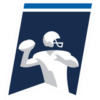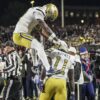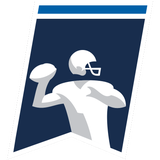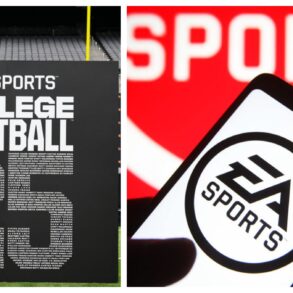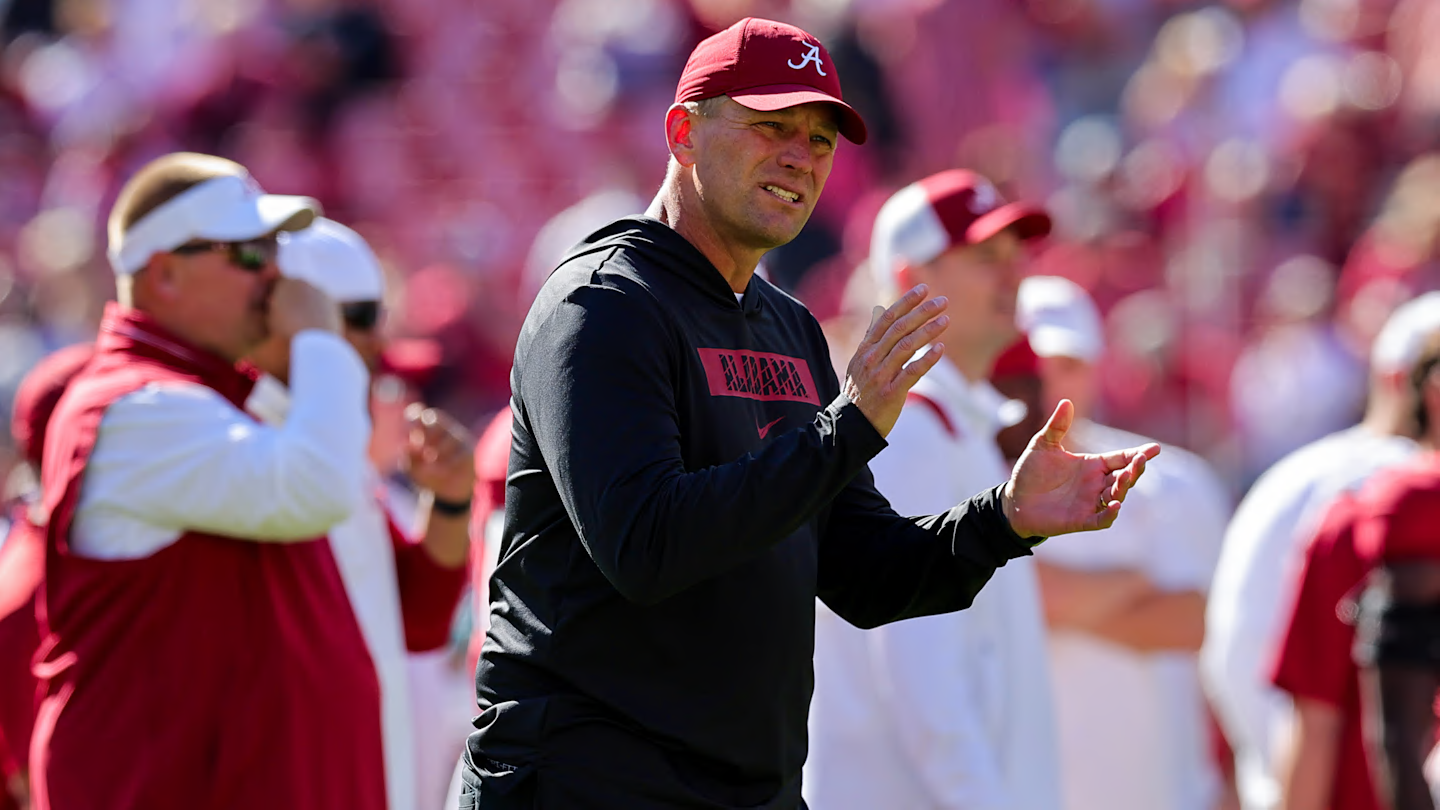
It’s a new era in college football, and one that should help Alabama football return to the mountaintop of the sport.
Late Friday night, Judge Claudia Wilken approved a $2.88 billion settlement between the House and the NCAA that opens the door for institutions to begin revenue sharing and paying their student-athletes directly.
The NCAA will pay $2.8 billion in back-damages to athletes across all sports who participated in collegiate athletics from 2016 to now. Beginning July 1st, schools will cut checks to their athletes. The annual “cap” is expected to begin at $20.5 million and steadily rise over the next decade.
The biggest beneficiary will be football players, who stand to make the majority of the revenue-sharing money because football brings in the majority of the revenue. Roughly 75% of the $20.5 million for each athletic department will be earmarked for the football program. 15% is expected to go to men’s basketball, 5% to women’s basketball, and the remaining 5% will be split among all other sports.
This will also result in roster limits. Football will have to cut rosters to 105 players, though they can temporarily exceed that limit to grandfather in current athletes so they aren’t having to cut the majority of the program’s walk-ons. The 80-man scholarship limit is no more.
Basketball’s roster limit will be at 15, meaning two additional scholarships will be available.
What does all of this mean for Alabama football?
It’s good news for Alabama and its path to reclaiming its throne atop the college football mountaintop. Unregulated NIL deals are a thing of the past. While student athletes will still be able to sign NIL deals, any deal exceeding $600 will have to be sent through a clearinghouse run by Deloitte to ensure the deal is “fair market value” based on an actual endorsement.
That clearinghouse can also reject deals that come from groups classified as “associated entities or individuals, meaning the days of big money boosters funding massive NIL packages for student-athletes appear to be over. Instead, NIL will be what it was intended to be: a way for athletes to market themselves and make money off their own merit and brand. It was never intended to be pay-for-play.
Alabama is far from “poor” in the NIL space, but they are also nowhere close to the top of the marketplace, either. The Crimson Tide hasn’t had the money to compete with the likes of Oregon, Texas A&M, Texas, Michigan, and others. It hasn’t stopped Alabama from recruiting well, but they’ve landed discounts thanks to their superior brand recognition and NFL pedigree.
That brand recognition and pedigree will carry the program forward in this new era of college football. They’ll no longer have to worry about big-money programs throwing eight-figure NIL deals to recruits and stealing them out from under their noses.
Shady backroom deals will undeniably still take place, but they won’t be able to be done as out in the open, and there seems to be legitimate enforcement of the rules coming.
Alabama figures to be one of the biggest beneficiaries of the House settlement. The “Bama Discount” was real during this unregulated era, but it still kept the Crimson Tide from recruiting on the same level it enjoyed during the Nick Saban era.
Now, with revenue sharing starting July 1st, Alabama will be Alabama again on the recruiting trail, and the Crimson Tide will ascend toward the top of the sport.
This post was originally published on this site be sure to check out more of their content.


